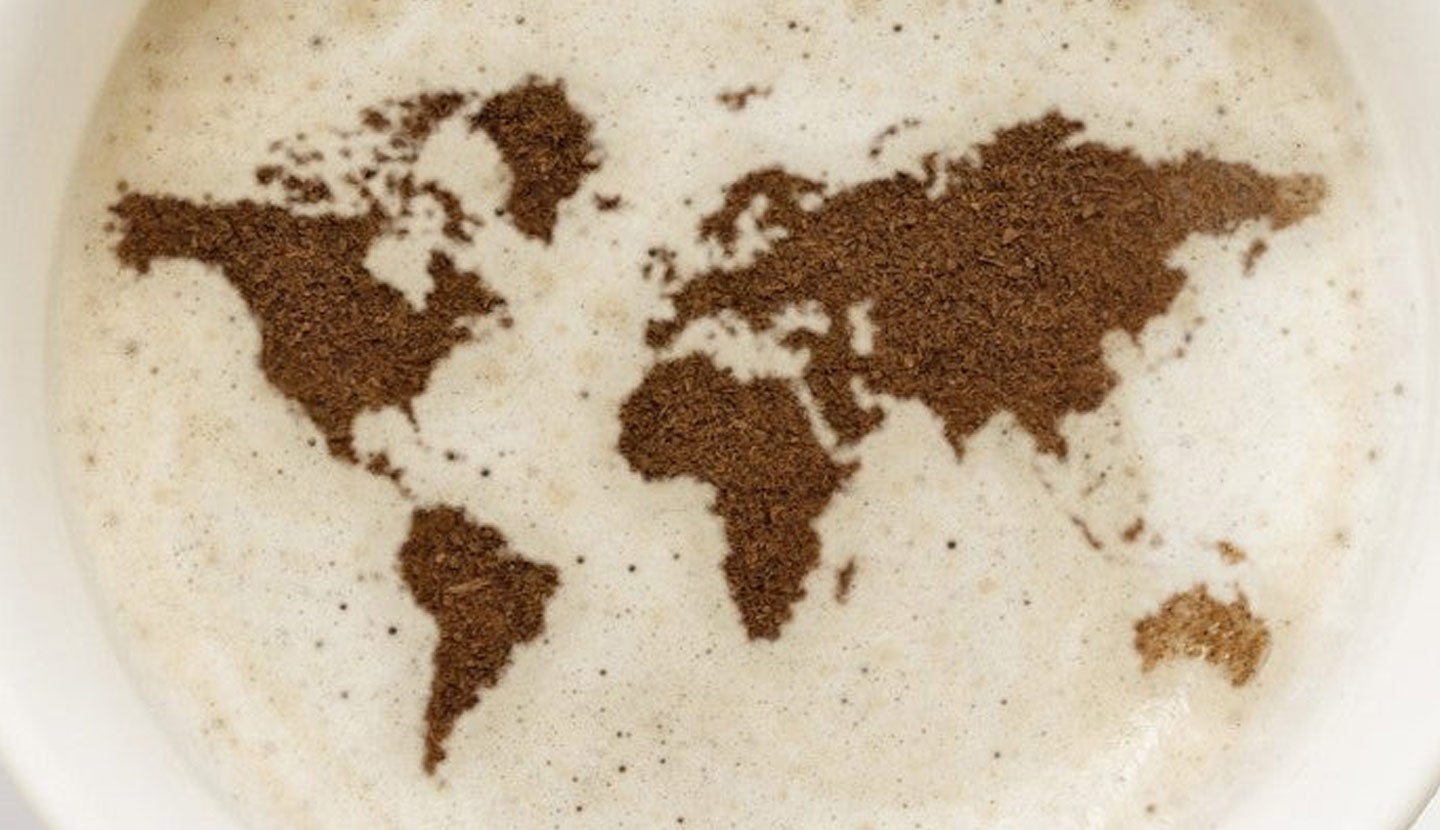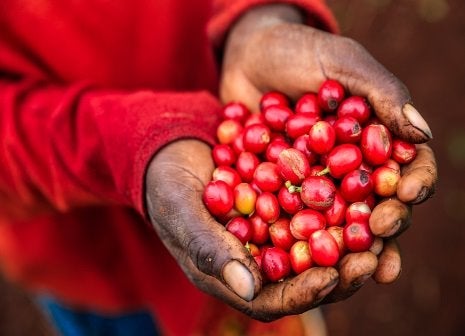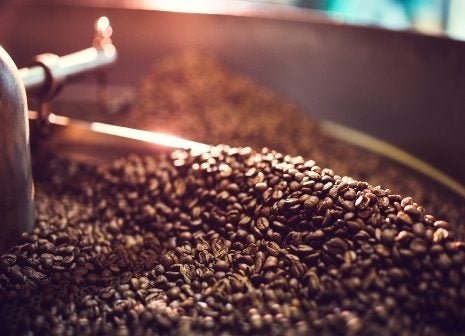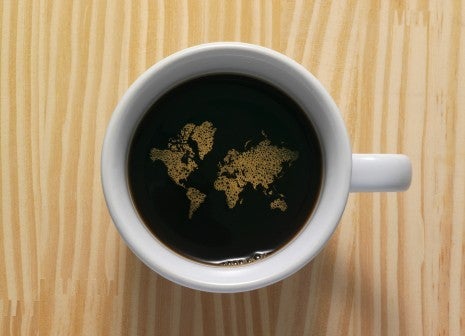Where is coffee grown?
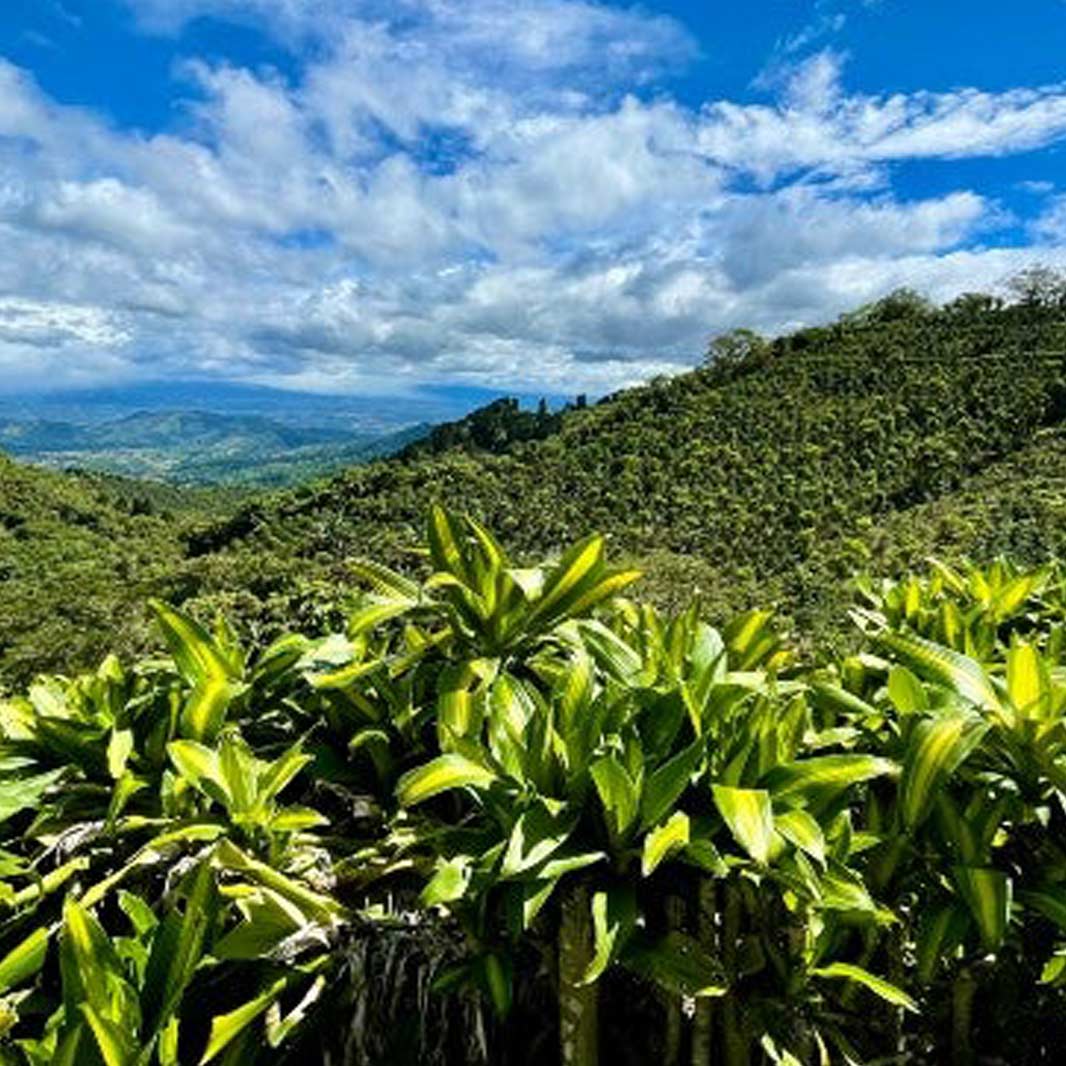
Top 10 Coffee-Producing Countries
There has been a lot of change throughout the years as the amount of coffee produced increases and decreases. Here is a breakdown of the top coffee growers around the world.
1. Brazil
Situated in South America, Brazil is the top producer of coffee. They produce 2,68 million metric tons of coffee on average every year. Brazil has also held onto its first-place position as the world’s largest coffee producer for over 150 years.
Brazil’s climate is perfect for growing Robusta and Arabica coffee beans. It offers the right amount of rainfall and sunlight, combined with its low elevation and even year-round temperatures, this offers the perfect climate for coffee production.
2. Vietnam
Sitting comfortably in second, Vietnam. Exporting over 1.5 million metric tons of coffee a year, it is their second most exported asset after rice. After coffee was introduced in Vietnam by the French colonialists, in the 1800s in the Buôn Ma Thuột region, Vietnam still grows and produces coffee there to this day.
Vietnam is known as one of the world’s largest producers of the Robusta coffee bean, which saw a surge after being reformed in 1986, which allowed private investors into the Vietnamese coffee industry, boosting it to the second largest coffee-producing country.
Overall, Vietnam contributes 40% of the world’s overall production of the Robusta bean. Known widely for its bitterness and low acidity, it is perfect for well-rounded coffee blends.
3. Colombia
Situated back in South America, Colombia sits comfortably in position 3, producing over 760 thousand metric tons of coffee a year. Blessed with its faultless terrain and climate, Colombia is one of the few countries that only produce Arabica beans. Colombian coffee is known for is aromatic, mild and fruity flavours.
The Colombian Arabica coffee beans are grown at 1500-2000 metres and produce medium-bodied coffee that has a nutty aroma with a hint of citrus acidity.
4. Indonesia
Situated in Asia, Indonesia sits high up in position four of the largest coffee-producing countries, producing over 668 thousand metric tons of coffee a year. The coffee produced in Indonesia is extremely diverse. The start of coffee production dates back to the late 1600s during the period of the Dutch colonial period. The island of Java was the first island where coffee was produced in Indonesia.
Known for its famous java coffee, with its woody and earthy flavours, with rich and full body. Indonesian coffee is used widely by many for blends, as it is sought after due to its earthy notes, and complex spicy flavours.
5. Honduras
Our 5th largest coffee-producing country is Honduras. Producing over 475 metric tonnes of coffee a year, they are nudging in front of Ethiopia with a difference of 3,795 metric tons.
Its climate, similar to that of Costa Rica and Guatemala, was a coffee producer that until recently, was overlooked. Hindered in the past due to poor infrastructure, which lead to only 10% of their coffee crops being exported. However, due to its taste and authentic character, its coffee has become increasingly sought after.
Most of the coffee grown in Honduras is grown on a small farm in the mountains which is known as ‘Fincas’, at a high altitude of 1400-1700 metres. The Fincas have their own micro-climates, which provide mass ranges of flavours and aromas to the coffee beans, thanks to the growing of hazelnuts, vanilla and red fruits.
6. Ethiopia
In Africa, Ethiopia, which is known as the home of coffee, produces over 421 thousand metric tons of coffee a year. Coffee is close to the heart of Ethiopians and accounts for 10% of the country’s gross domestic product.
Ethiopia offers a diverse range of bean varieties, each with its own distinct flavour and characteristics. Unlike other countries, the best coffee is used purely for local consumption, and won’t ever leave the country. However, the coffee that is exported is of top quality.
7. Peru
Standing proud at number 7 is Peru. Their coffee is grown across 10 specific regions throughout the country, they are situated in the north, central belt and south of the country. Producing over 346 metric tons of coffee a year, Peru has been producing coffee since the 1700s.
Due to the country’s failing business structure, their coffee production was often overlooked, which meant much of their produce was only consumed domestically. However, over the past years, farmers have been given the opportunity to export to world markets, which has placed Peru as one of the largest producers of coffee. Peruvian coffee is known for its medium body, and nutty floral and fruit tones.
8. India
A country full of rich culture and history, India comes in 8th as one of the largest coffee producers. The country produces over 234 thousand metric tons of coffee a year. After being badly affected by the disease known as coffee rust, which affected many of their coffee plantations, they replaced many of them with tea plantations. However, coffee has been in India since the reign of the Mughal empire in the 1600s.
Known for its production of Arabica coffee, nowadays, the majority of its coffee crops produce Robusta coffee beans. Which makes up 60% of their total coffee production.
Their coffee is mostly grown in the southern states of Kerala, Tamil Nadu and Karnataka. The bulk of Indian coffee exportation is exported through to European markets, where it is used in blended coffees.
9. Guatemala
Back in Central America, Guatemala is the 9th largest coffee producer. The country produces over 245 thousand metric tons of coffee a year. Coffee wasn’t considered a crop in Guatemala until the late 1850s which was in the aftermath of the country’s dye industry collapse. This was due to the introduction of chemical dyes in the European textile industry.
Coffee amounted to 90% of Guatemala’s export by 1880, and still to this day, remains their largest. Mostly formed of Arabica beans, the main varieties of coffee produced are Caturra, Red and Yellow Catuai and Red and Yellow Bourbon.
10. Uganda
The 10th largest coffee producer is Uganda. However, don’t let its placement fool you. Uganda produces over 209 thousand metric tons of coffee beans a year and is known for its Robusta coffee production. Its coffee production has been cultivated over generations. Ugandan coffee trees are thought to be the rarest naturally occurring coffee trees to be found anywhere on earth.
The coffee is grown primarily in the western regions of the Nile, Okoro region and northern regions of Lira and Gulu. It is also grown in the eastern regions of Mbale and Bugisu and the central and southwestern regions of Jinja, Mikono, Kampala and Masaka.
Uganda has recently been recognised and making speciality Arabica coffee beans. The Ugandan Robusta beans are known for their wine-like acidity, with rich chocolatey notes.
That is our trip to the largest coffee producers around the world over. Each country has a rich history and connection that goes back centuries with coffee. But each country is a master at their coffee production and deserves to be among the top coffee producers. There are of course other countries around the world that grow coffee, but these are the most notable coffee producers out there.
Want to learn more about coffee and its history? Why not head over to our article all about the origins of coffee, next?
Other articles you might be interested in

Join the My Perks community!
Enjoy prizes, discounts, expert tips, recipes, exclusive offers and more with My Perks.

